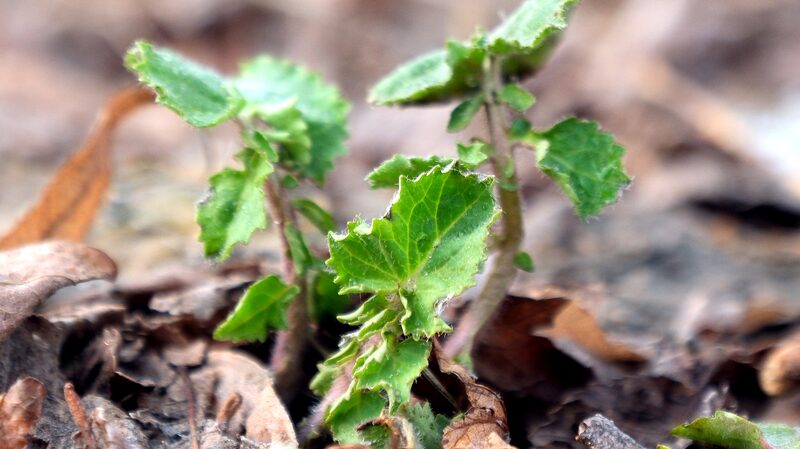A Chinese research team has made a breakthrough with a new carbon-based nanomaterial synthesized from agricultural waste like straw, leaves, and weeds. Developed by experts at Shenzhen Institutes of Advanced Technology under the Chinese Academy of Sciences and Shanghai Jiao Tong University, this innovation could change the game in agriculture by boosting plant photosynthesis! 🌱
The study, published in Communications Materials, reveals that the material works by converting ultraviolet light — usually inaccessible to plants — and inefficiently absorbed green light into red light, which plants can use more effectively. This clever trick not only helps plants absorb more energy but also excites electrons to drive the photosynthetic process, ultimately improving efficiency.
In experiments, the nanomaterial was added to the liquid culture medium of cyanobacteria and even sprayed on plants. The results were impressive: a 2.4-fold increase in CO2 fixation in glycerol-producing cyanobacteria, a 2.2-fold boost in glycerol production, and a substantial 1.8 times increase in the biomass of Arabidopsis plants. Preliminary trials with duckweed, peanuts, corn, and soybeans also showed promising growth spurts.
This exciting technology is not only cost-effective and biocompatible but also holds great promise for future agricultural production and solar-powered biomanufacturing. The research team is now gearing up for further field experiments to explore its full potential.
Stay tuned for more updates on this innovative fusion of nanotechnology and agriculture, a true win for sustainable farming! 🚀
Reference(s):
Chinese biologists develop nanomaterial to boost plant photosynthesis
cgtn.com




